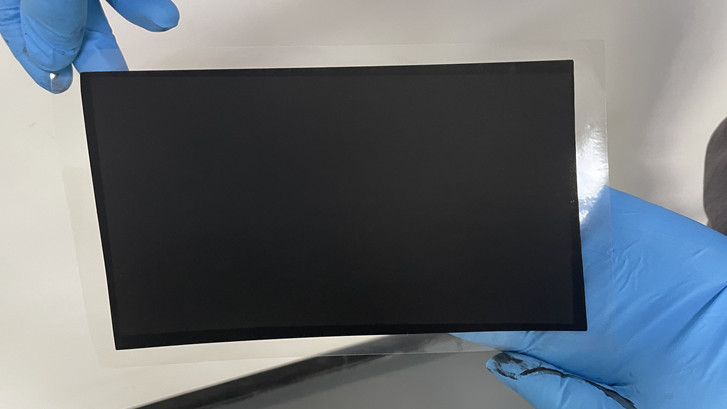Introduction to Lithium ion battery separator
Introduction to Lithium ion battery separator – Spray Coating – Cheersonic
I. Definition and function of isolation membrane
It is a microporous membrane used to separate the positive and negative electrodes, and is a polymeric functional material with a nano-scale microporous structure. Its main function is to prevent short-circuiting due to contact between the two poles and to allow the passage of electrolyte ions. Its performance determines the interface structure and internal resistance of the battery, which directly affects the capacity, cycling and safety of the battery.

II. Properties that the diaphragm needs to meet
Usually the diaphragm is a single layer of PP (polypropylene), PE (polyethylene), there are also double or PP/PE/PP three-layer composite diaphragm
1.Ionic conductor, electrical insulator
2.Mechanical and dimensional stability
3.Adequate physical strength, easy processing and handling
4.Chemical stability
5.Effective in preventing the migration of particles, colloids or soluble substances between the two electrodes
6.Affinity to electrolyte
7.Uniform thickness and other characteristics
III. The main role of diaphragms in lithium batteries
Separate the positive and negative electrodes of the lithium battery to prevent the positive and negative electrodes from contacting each other to form a short circuit; the micro-pores in the film allow lithium ions to pass through and form a charge/discharge circuit. In lithium batteries, the diaphragm absorbs the electrolyte to isolate the positive and negative electrodes to prevent short circuits, but also to allow conduction of lithium ions. When overcharged or at elevated temperatures, the diaphragm must also have high-temperature self-closing properties to block current conduction and prevent explosions. In addition, the lithium battery diaphragm should also have high strength, fire resistance, chemical resistance, acid and alkali corrosion resistance, good biocompatibility, non-toxic and other characteristics.
Cheersonic’s fuel cell catalyst coating systems are uniquely suited for these challenging applications by creating highly uniform, repeatable, and durable coatings. Using the company’s patented ultrasonic spray head technology, it can spray uniformly and efficiently on proton exchange membranes and gas diffusion layers. Uniform catalyst coatings are deposited onto PEM fuel cells, GDLs, electrodes, various electrolyte membranes, and solid oxide fuel cells with suspensions containing carbon black inks, PTFE binder, ceramic slurries, platinum and other precious metals. Other metal alloys, including Platinum, Nickel, Ir, and Ru-based fuel cell catalyst coatings of metal oxide suspensions can be sprayed using ultrasonics for manufacturing PEM fuel cells, polymer electrolyte membrane (PEM) electrolyzer, DMFCs (Direct Methanol Fuel Cells) and SOFCs (Solid Oxide Fuel Cells) to create maximum load and high cell efficiency.

